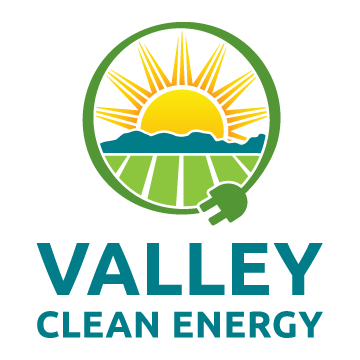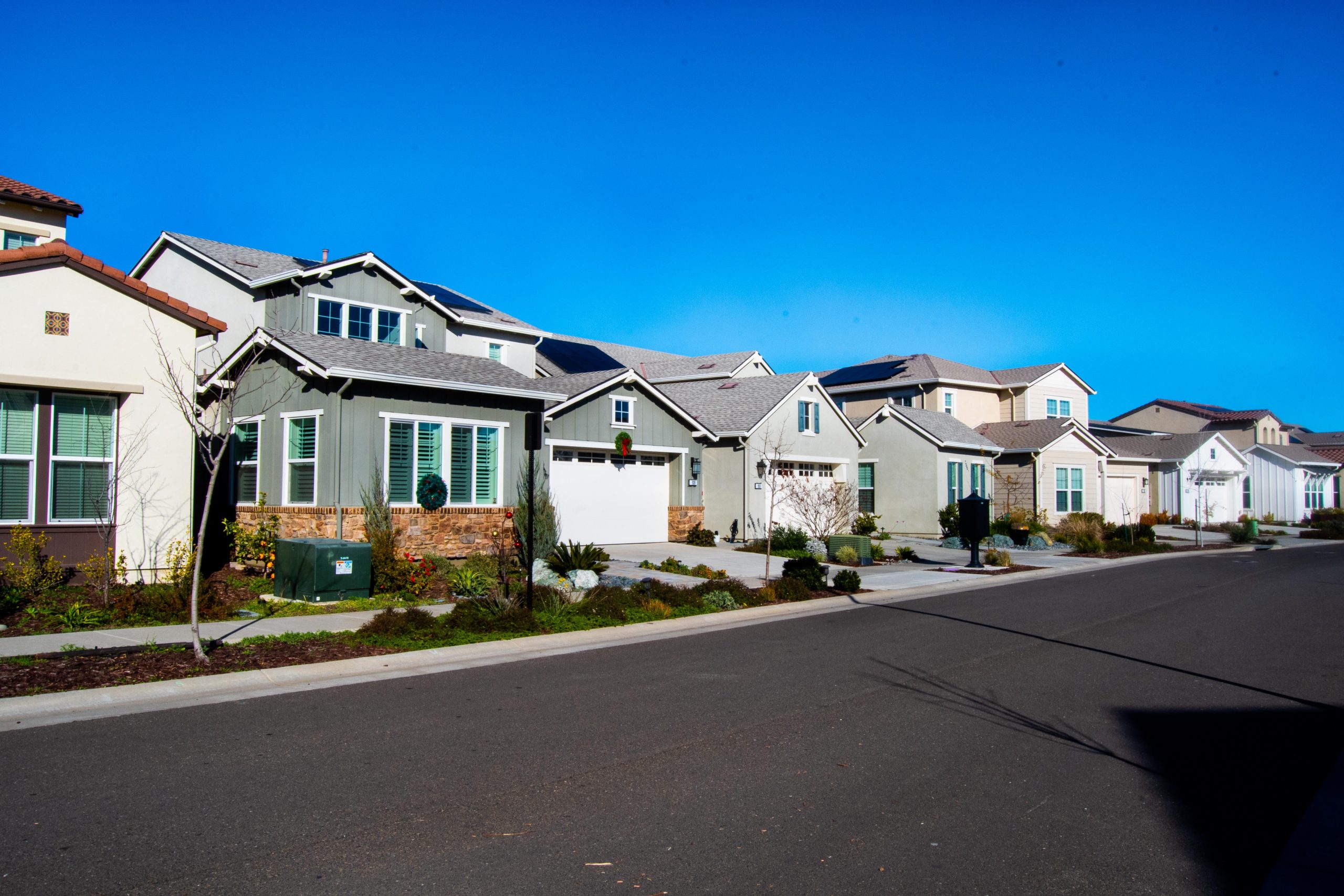Rebates and financing options are now available for homeowners and renters. When combined, these programs can provide financial support, encouraging the wide spread adoption of clean and efficient home technologies.
Rebates and financing are available for many energy-efficiency projects like:
- Heat pumps for space conditioning
- Heat pumps for water heating
- Duct and home insulation
Refer to the tables below for rebate details.
HOW HEAT PUMPS WORK


Heat Pump Space Conditioners
Space conditioning heat pumps offer a new energy-efficient alternative to furnaces and air conditioners. The most common type of heat pump is the air-source heat pump, which transfers heat between your house and the outside air. According to the US Department of Energy, an air-source heat pump can deliver up to three times more heat energy to your home than the electrical energy it consumes. Consider a heat pump and help your home become more efficient.
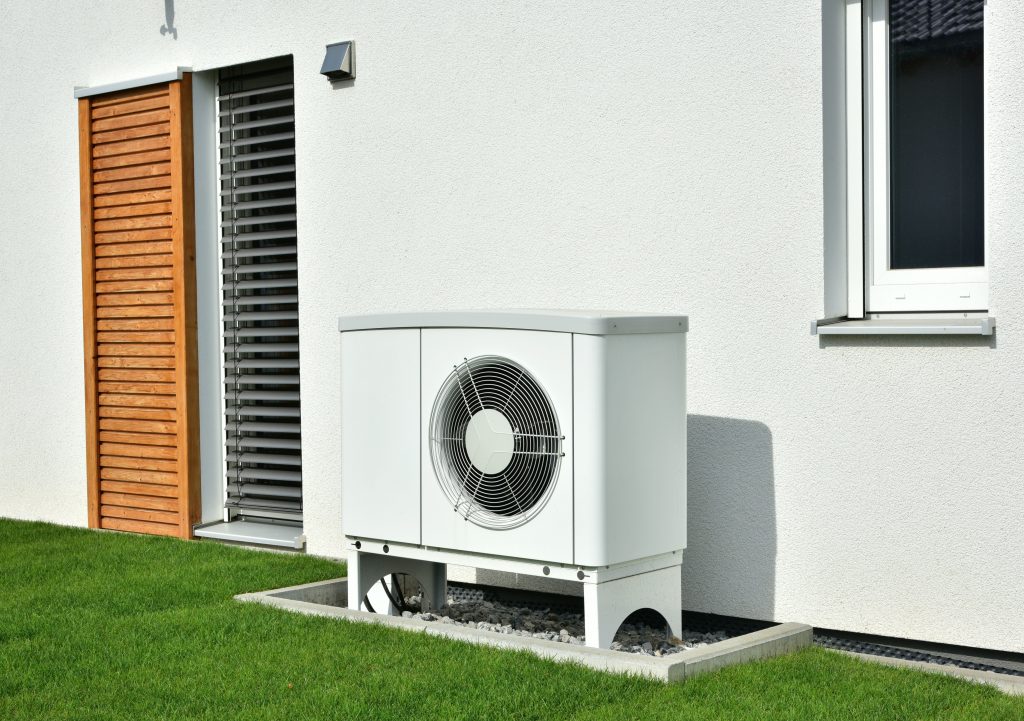
Space Conditioner Q&A
How do they work?
Rather than burning fuel to create heat, the pump moves heat from one place to another. In summer, the pump absorbs heat from inside your home and expels it outdoors. In winter, the process reverses: the pump collects heat from the outside air and delivers it indoors to heat your home. By pulling heat out of the air, a heat pump keeps your cool spaces cooler and your warm spaces warmer with incredible efficiency in every season.
Why haven’t I heard of a heat pump before?
You have—but it might have been called something different. An air source heat pump is just a reverse air conditioner. The technology is the same and has been around just as long. Just like your air conditioner, a heat pump uses heat transfer to pull heat out of the air. It’s a reversing valve and reversing pump, which allows a heat pump to both cool and heat your home. Alternative types of heat pumps include:
- Water source heat pumps
- Ground source heat pumps – Geothermal
What are the advantages?
You have options when including a heat pump in your heating and cooling system. A heat pump can work with your gas-powered furnace to amp up your home’s efficiency as a dual fuel heat pump—or you can opt for a fully electric system. For either option, the pump does most of the work both heating and cooling your home. If you keep your furnace, it will only kick in during periods of high demand—so its use is limited, and energy costs are reduced. Both fully electric and dual fuel heat pumps not only help you save money, but also lead to the complete or near elimination of greenhouse gas emissions.
Why might I want one?
According to a recent analysis by Carbon Switch, the average homeowner in the United States can save $667 per year by switching to a heat pump. Homeowners making the switch from electric baseboards, electric furnaces, fuel oil, or propane can see savings closer to $1,000 per year. While heat pumps cost more up front, their savings can often pay themselves off within 8-12 years. Choosing a heat pump means you reduce your energy bills, keep your inside air cleaner, and reduce your carbon footprint.
How do I know what to buy?
There are different types of heat pumps—some for ducted spaces, others for ductless ones. There are also options in size and efficiency. Plan to purchase a heat pump with the highest performance ratings you can afford, because it will use less energy to run, and qualify you for greater rebates. Look for a high Seasonal Energy Efficiency Ratio (SEER) and a high Heating Seasonal Performance Factor (HSPF). Your contractor can help recommend what’s best for your home.
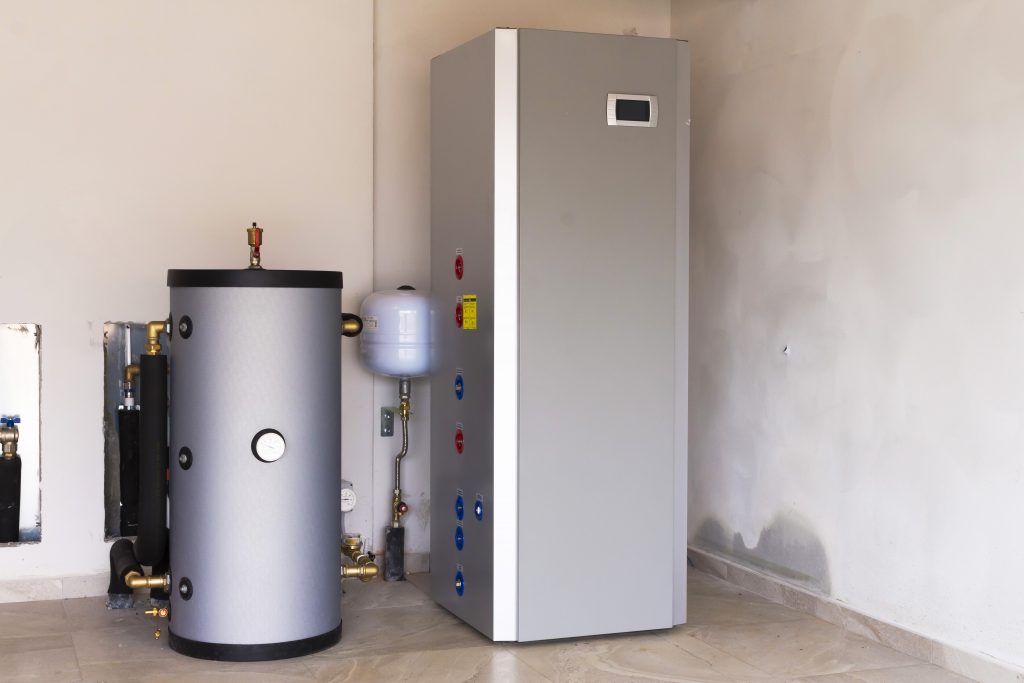
Heat Pump Water Heaters
According to the US Department of Energy, water heating is the second largest expense in your home. It accounts for 14-18% of your utility bill, so it makes sense to choose an energy-efficient water heater to save money. Heat pump water heaters are typically 3-4x more efficient than gas water heaters, while eliminating the risk of carbon monoxide or nitrogen dioxide leaks. Consider upgrading to a high efficiency heat pump water heater to prepare for a clean energy future!
Water Heater Q&A
How do they work?
Much like your refrigerator, a heat pump water heater uses electricity to move heat from one place to another. While a refrigerator pulls heat out of an insulated box and sends it into the surrounding room, a heat pump water heater pulls heat from the surrounding air and transfers it to heat water in a storage tank.
Why might I want one?
While a heat pump water heater may have a higher initial cost than a conventional storage water heater, it will be 3-4X more efficient to run. A heat pump’s efficiency means lower operating costs for you. The savings on your utility bills will offset your purchase and installation expenses. In addition, your heat pump water heater will provide you with cleaner indoor air and increased home safety. You’ll no longer have to worry about turning on and off pilot lights and you’ll be decreasing your carbon footprint by eliminating emissions from burning gas.
How do I know what to buy?
To maximize energy efficiency and operating cost savings, look for a water heater with a high Uniform Energy Factor (UEF). The UEF rating is a calculation that determines a water heater’s efficiency or performance. It’s important to remember – the higher the UEF, the higher the efficiency and the lower the energy bill.
Additionally, it’s important to purchase a water heater that is correctly sized and will meet your household’s needs. You’ll need to determine your household’s peak hot water demand and match that to a water heater’s first hour rating. The first hour rating is the number of gallons of hot water the heater can supply per hour, starting with a tank full of hot water. More information on calculating your peak demand is here.
Ducting and Insulation
Good ducting and home insulation is your key to saving money and increasing energy efficiency. Ducts act as large conduits to distribute air throughout your home. Your ducts can lose anywhere from 10-50% of their energy if they’re not correctly insulated. Improving your ducting is a cost-effective way to save hundreds of dollars each year on your heating and cooling bills.
Properly insulating your home not only reduces your heating and cooling costs, but also improves comfort. For optimal energy efficiency, your home should be properly insulated from the roof down to its foundation.
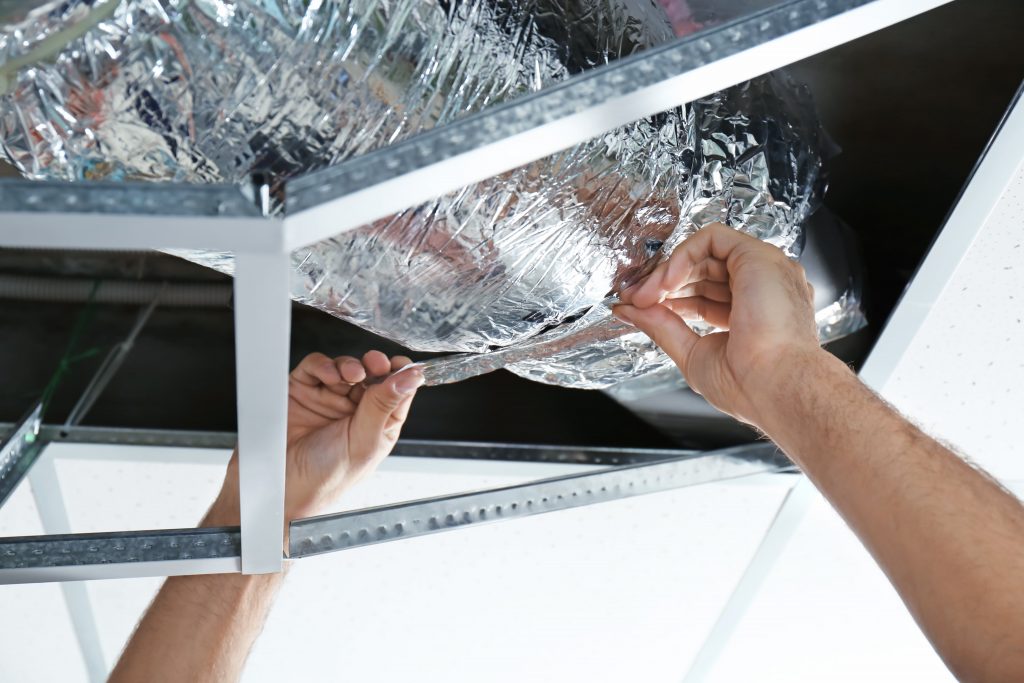
Ducting and Insulation Q&A
How do they work?
Physics is constantly at work in your home, as heat naturally moves from warmer areas into cooler ones. In winter, the heat from your living spaces flows into unheated attics, garages, basements, and outdoors. The opposite happens in summer, as hot outside air moves into your cooled spaces. To maintain comfort, the heat lost in the winter must be replaced by your heating system and the heat gained in the summer must be removed by your cooling system. Good ducting and a well-insulated home will ensure that your home remains comfortable without having to constantly run your heating or cooling systems.
Why might I want it?
If you have leaky ducts or a poorly insulated home, and put in a new heating and cooling system, you still have a leaky, poorly insulated home. You’ll end up paying more per month on your utility bills. Simply replacing your ducts could save you hundreds of dollars per year on your heating and cooling bills, as ducts can lose anywhere from 10% to 50% of their energy. Additionally, your home may have enough leakage through cracks, spaces, and limited insulation that’s it’s equivalent to having 1 window open all year round. Addressing ducting or insulation will have you saving money each month. You’ll also be reducing your carbon footprint by increasing your home’s efficiency and using your appliances less.
How do I know what to buy?
Duct leakage can be tested by a licensed professional. Upgrades are implemented until duct leakage is 5% or less.
The ability of your home’s insulation to resist heat flow is gauged using an R-value. The higher the R-value, the better your home will perform, helping keep spaces cool in summer and warm in winter. Talk with a licensed contractor or visit Energy Star to learn more.
Comfortable Home Rebates
| Heat Pump Space Conditioning | ||||
|---|---|---|---|---|
| Efficiency | Comfortable Homes Rebate | |||
| 15 SEER, 9.0 HSPF | $750 | |||
| 16 SEER, 9.0 HSPF | $850 | |||
| 18 SEER, 9.7 HSPF | $850 | |||
| Attic Insulating | ||||
|---|---|---|---|---|
| Area | Comfortable Homes Rebate | |||
| < 1799 sq ft Conditioned Area | $400 | |||
| >1800 sq ft | $600 | |||
| Heat Pump Water Heating | ||||
|---|---|---|---|---|
| Type | Comfortable Homes Rebate | |||
| Gas to Electric Replacement | $750 | |||
| Electric to Electric Replacement | $750 | |||
| Ductwork | ||||
|---|---|---|---|---|
| Leakage | Comfortable Homes Rebate | |||
| Seal to %10 | $200 | |||
| Seal to 5% | $300 | |||
| Replace at 5% | $500 | |||
| Air Sealing | ||||
|---|---|---|---|---|
| Area | Comfortable Homes Rebate | |||
| < 1799 sq ft Conditioned Area | $300 | |||
| >1800 sq ft | $500 | |||
Additional incentives may be avialble.
Talk to a licensed contractor to learn more.
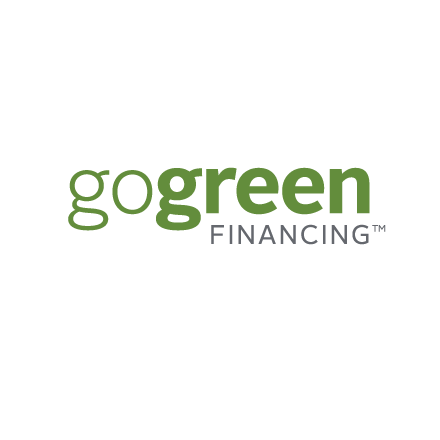
GoGreen Financing
Administered by the State of California, GoGreen Home Energy Financing can help you finance your electrification and energy efficiency projects while your rebates are on the way. You don’t have to put a lien on your property, and most homes of 1-4 units, from single-family dwellings to mobile homes, are eligible. GoGreen Home is available to renters as well! Benefits of GoGreen Home include:
- 100% project financing with below-market interest rates and better payback terms
- No lien on property
- No home equity requirements
- Option to use 30% of the financed amount to fund other home improvements such as drought-tolerant landscaping
More information is available here.
Choosing a Contractor
To receive incentives, you need to work with a licensed contractor who is participating in the rebate or financing programs. Locate a contractor near you with:
- Find an Energy Efficiency Contractor—Comfortable Home Rebates | PG&E Rebates
- Residential Contractors | GoGreen Financing
Or talk to your contractor to find out if they are providing rebates.
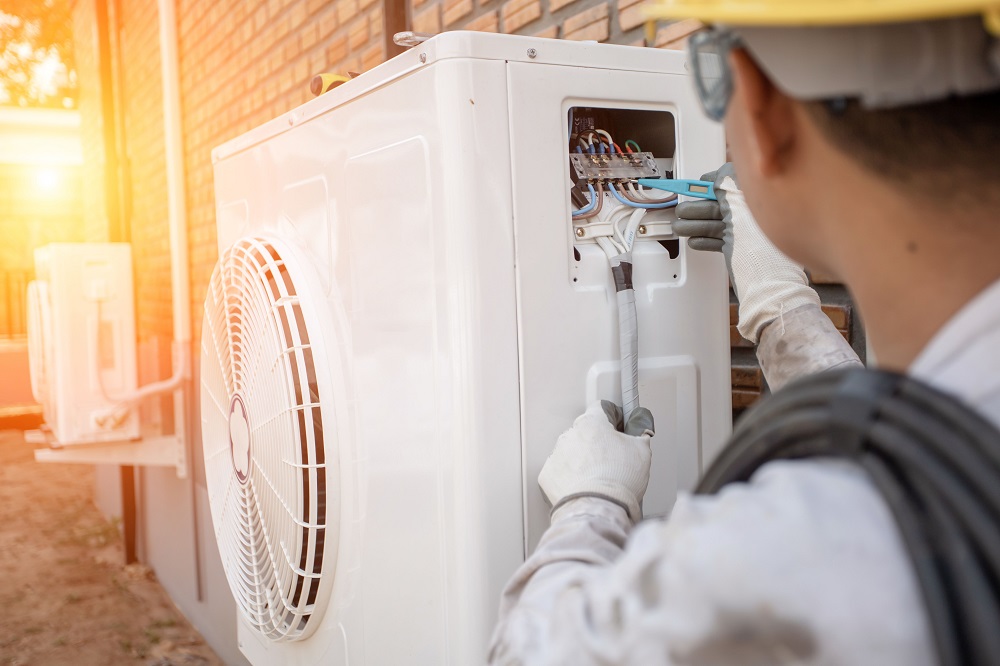
Participating as a Contractor
Comfortable Homes
Expand your market and grow your business by providing customers with rebates.
- Ready to participate? Fill out an interest form.
- Undecided? Explore program expectations and requirements.
TechClean California
Prepare for the changing market with free training in installation, maintenance, and marketing of heat pumps.
- Ready to participate? Fill out an enrollment form.
- Undecided? Explore enrollment requirements.
GoGreen Financing
Provide your customers with an easy and affordable way to increase their home’s energy efficiency.
- Ready to participate? Visit GoGreen Financing.
View the recording of our June 2022 Home Energy Rebates webinar.
